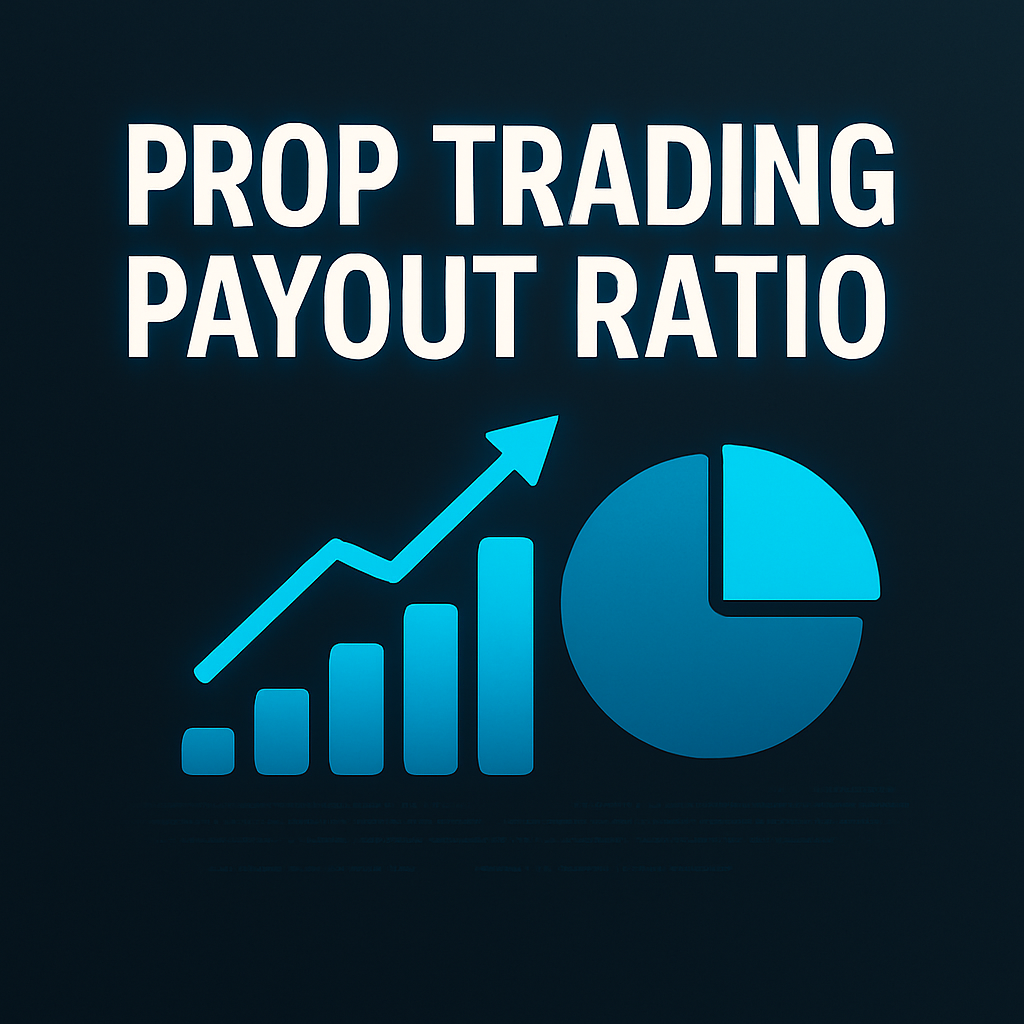Introduction: What Is Prop Trading Payout Ratio?
When entering the world of proprietary trading, one of the first concepts beginners must understand is the prop trading payout ratio. This ratio defines how much of the profits a trader is entitled to keep versus what goes to the prop firm. Understanding this payout structure is crucial because it influences your actual earnings, motivation, and long-term growth within a firm like Larsa Capital.
What Does Prop Trading Payout Ratio Really Mean?
In simple terms, the prop trading payout ratio is the percentage of trading profits that the firm allows the trader to retain. For example, a payout ratio of 80/20 means the trader keeps 80% of the profits while the firm takes 20%.
This ratio is not just a technical metric—it shapes the entire trading experience. A higher payout ratio can motivate traders to perform better, knowing that their efforts translate into higher take-home profits. Conversely, a lower ratio may be suitable for those who prefer more support and infrastructure from the firm.
Why the Prop Trading Payout Ratio Matters
Choosing a firm with a fair payout ratio affects:
-
Profit Retention: Higher ratios mean you get to keep more of your earnings.
-
Trader Psychology: Knowing you’ll benefit directly from your performance builds confidence.
-
Growth Opportunities: Competitive ratios often come with additional benefits like scaling plans and bonus incentives.
However, payout ratios are only one piece of the puzzle. It’s important to weigh them against other elements like fees, risk rules, and capital support.
Common Structures and What They Indicate
Most firms use one of the following payout models:
-
Flat Payout Model: The payout remains constant, usually around 70–90%.
-
Tiered Payout Model: Traders start at a base payout and can move to higher tiers based on performance.
-
Performance-Based Adjustments: The ratio may shift based on profitability, consistency, or evaluation results.
Each structure has its pros and cons. While flat models are transparent, tiered ones reward growth. Larsa Capital, for instance, aligns their payout system with trader development milestones, giving room for upward mobility.
Factors That Influence the Payout Ratio
While the ratio might look straightforward, several hidden factors influence it:
-
Account Size: Larger accounts sometimes come with slightly lower payout ratios due to increased risk exposure.
-
Trading Style: Scalpers might have different conditions than swing traders.
-
Profit Targets and Drawdowns: Risk rules often dictate how profits can be withdrawn, which indirectly impacts real payouts.
-
Firm Overhead: Some firms provide tools, platforms, and education, which may reflect in a slightly reduced payout ratio.
Therefore, traders should always analyze the full picture—not just the percentage.
Choosing the Right Payout Structure as a Beginner
For new traders, the prop trading payout ratio should be part of a broader decision-making strategy. Here’s what to consider:
-
Start with Sustainability: Focus on building consistent returns. Even with a slightly lower payout, a supportive environment can lead to long-term success.
-
Watch for Hidden Costs: High payout ratios might come with higher challenge fees or platform costs.
-
Aim for Flexibility: Look for firms that allow you to grow into higher tiers based on merit.
As a beginner, it’s more important to establish your edge and prove profitability. Once you do, the payout structure becomes an optimization factor—not a primary concern.
A Closer Look: Payout Ratio vs. Real Profit
It’s common to confuse a high payout ratio with higher earnings, but the two are not always aligned. For instance:
-
A trader on a 90% payout ratio but poor performance may earn less than one on a 75% payout but with strong returns.
-
Withdrawable profit can also be affected by minimum thresholds or profit split schedules.
Always calculate net earnings based on actual trading performance, not just the advertised ratio.
Final Thoughts: Balancing Ambition with Realism
Understanding the prop trading payout ratio is essential, but don’t get lost in percentages. A 5% difference might seem significant but is often overshadowed by other variables like consistency, risk management, and firm resources.
Larsa Capital emphasizes a trader-first approach that balances competitive payouts with real-world tools and support. New traders benefit from a transparent structure that grows with them as their skills evolve.
Key Takeaways
-
The prop trading payout ratio determines how much of your trading profit you retain.
-
Higher payout ratios are attractive but must be viewed in the context of other firm policies.
-
Beginners should focus on stability, support, and long-term growth over just the payout percentage.
-
Always consider platform fees, risk rules, and scaling potential when comparing firms.

